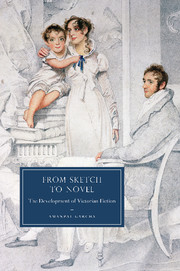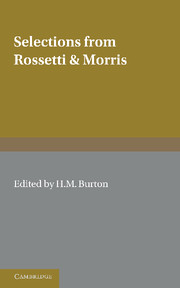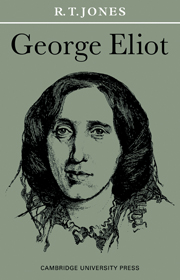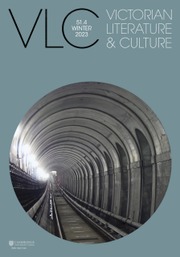From Sketch to Novel
When William Thackeray, Charles Dickens and Elizabeth Gaskell began their writing careers in the 1830s, they chose to write literary sketches, adopting a popular short form that emphasized description and essayistic analysis rather than storytelling. In this unusual study of a previously neglected literary form, Amanpal Garcha shows how the literary sketch influenced these authors' careers, transformed the marketplace for fiction and led to the development of some of the Victorian novel's key formal and ideological elements.
Reviews & endorsements
"In examining Washington Irving, George Eliot, Elizabeth Gaskell, and Edgar Allan Poe, Garcha sees the sketch, no longer dismissed in favor of the novel, as providing a warrant for the formal fragmentation of Walter Pater and tacitly for modernism and
poststructuralism. Garcha's methodological acuteness is a sign that Victorian studies is waking from its empirico-historicist slumber and moving into a more intellectually confident mode. Summing Up: Recommended."
-N. Birns, The New School, CHOICE
Product details
May 2012Paperback
9781107404458
294 pages
229 × 152 × 16 mm
0.39kg
Available
Table of Contents
- Acknowledgments
- Part I. Introduction: From Sketch to Novel:
- 1. Modern change and aestheticized stasis in the early nineteenth century
- 2. Plotless styles in novel history and theory
- Part II. Journalism, Modernity, and Stasis in The Paris Sketch Book and The History of Pendennis:
- 3. Capitalist excess, gentlemanly atavism: Thackeray's devils in his early sketches
- 4. Pendennis's stasis and Thackeray's professional sensibilities
- Part III. Styles of Stillness and Motion: Charles Dickens's Lower-Class Descriptions:
- 5. Sketches by Boz: narrative form and market culture
- 6. Narrating stasis, describing reform: Nicholas Nickleby
- Part IV. Elizabeth Gaskell's Individualism, from 'Sketches among the Poor' to Cranford:
- 7. 'Leave me, leave me to repose': Gaskell's descriptive individualism
- 8. Cranford's individualistic style
- Conclusion: 'nothing democratic': intelligence, abstraction, and avant-garde plotlessness
- Notes
- Bibliography
- Index.







